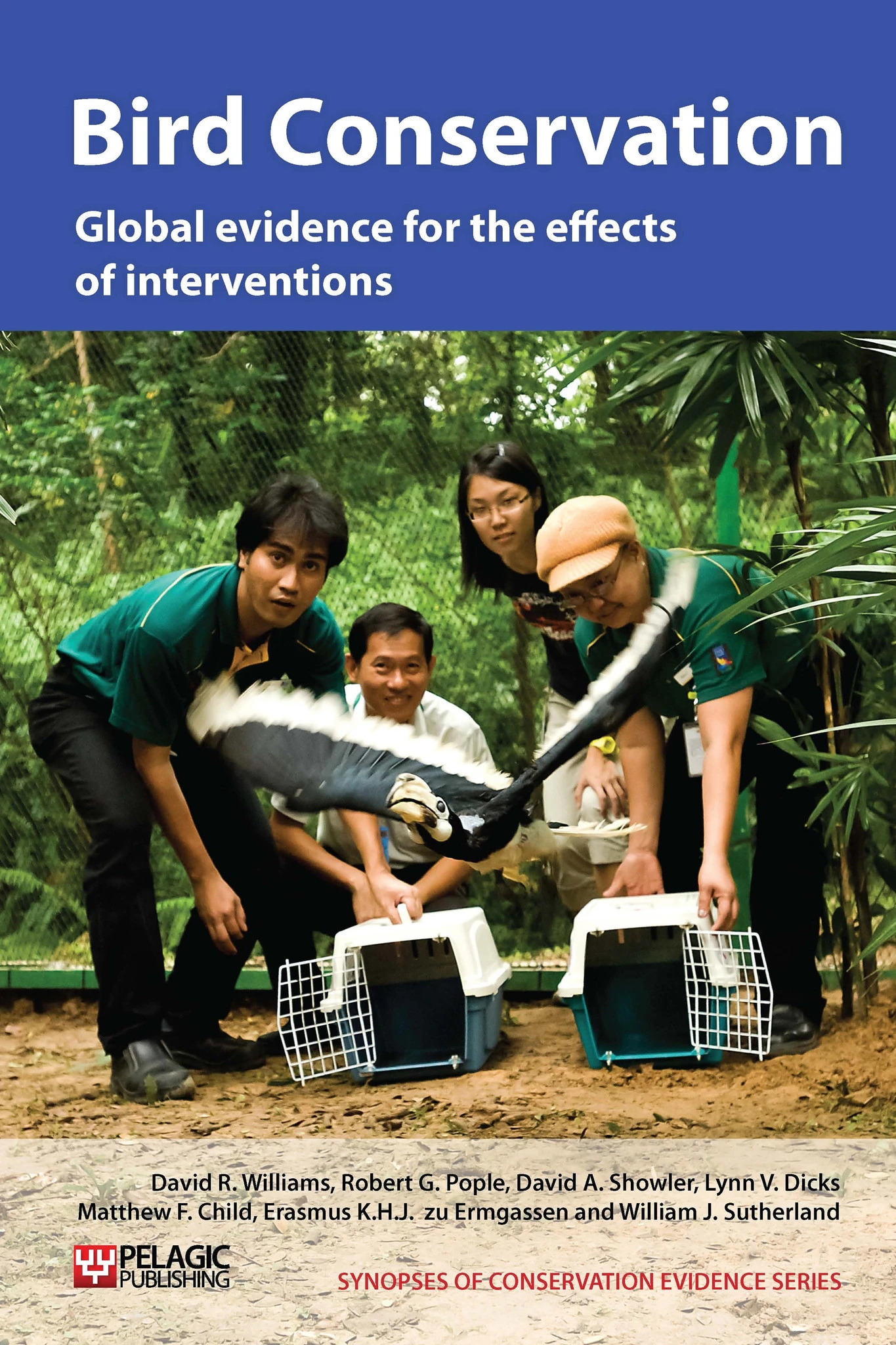Protect nests from ants
-
Overall effectiveness category Unknown effectiveness (limited evidence)
-
Number of studies: 1
View assessment score
Hide assessment score
How is the evidence assessed?
-
Effectiveness
45% -
Certainty
17% -
Harms
not assessed
Study locations
Supporting evidence from individual studies
A randomised, replicated and controlled study in March-July 2006-7 in a grassland/oak-juniper woodland mosaic in Texas, USA (Campomizzi et al. 2009) found that 18 white-eyed vireo Vireo griseus nests, protected from red imported fire ants Solenopsis invicta with a physical barrier and a chemical repellent, had significantly higher fledging success than 26 unprotected nests (31% vs. 10%). The same effect was seen in 13 experimental and 14 control black-capped vireo V. atricapilla nests, but this difference (13% vs. 7%) was non-significant. The physical barrier was Tanglefoot – a gum resin that traps crawling insects, applied to the branch >25 cm from each nest; the repellent was Arinix™ spiral wrap – a permethrin releasing plastic wrapped around the branch on top of the Tanglefoot.
Study and other actions tested
Where has this evidence come from?
List of journals searched by synopsis
All the journals searched for all synopses
This Action forms part of the Action Synopsis:
Bird Conservation
Bird Conservation - Published 2013
Bird Synopsis





)_2023.JPG)














